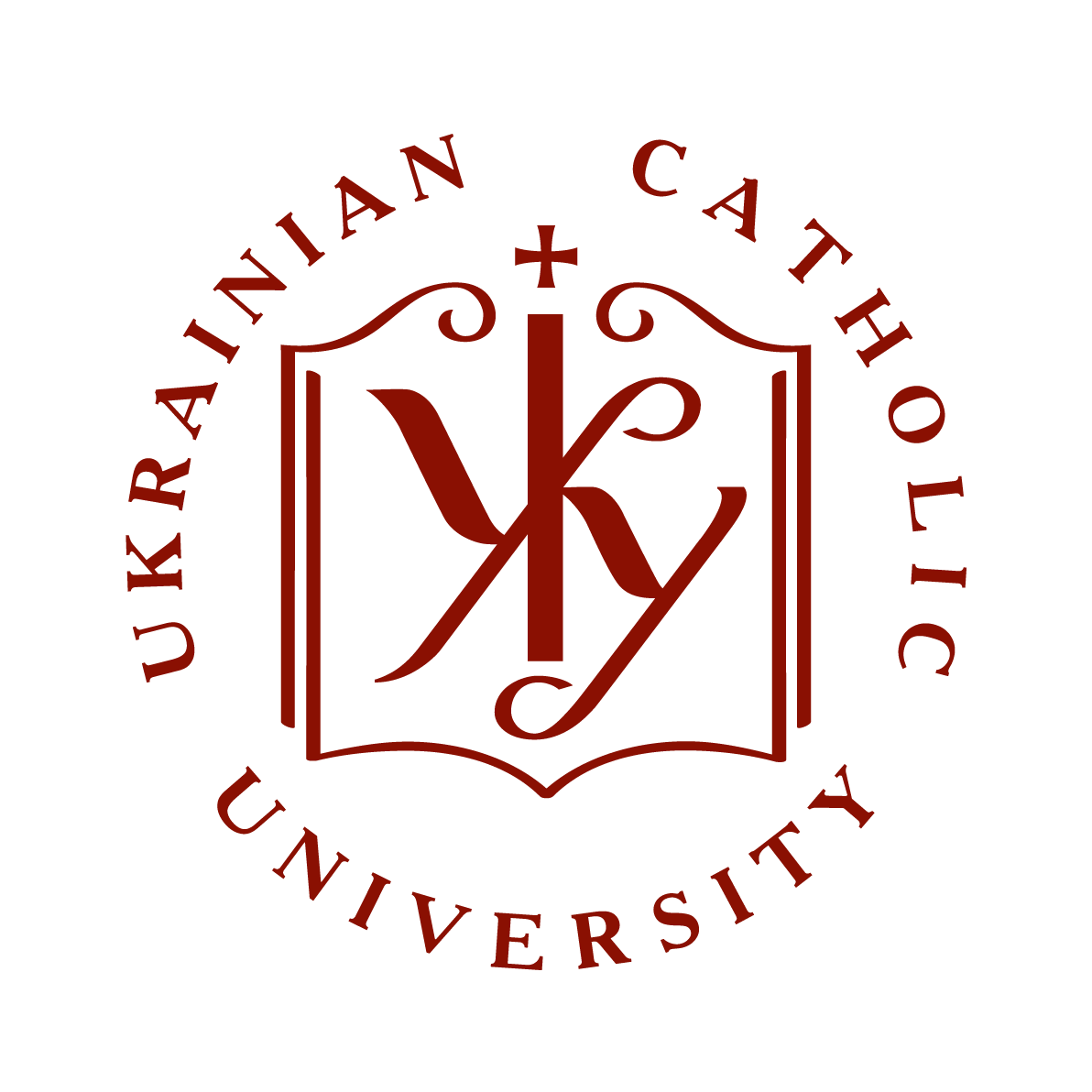Сценарії JavaScript вимкнено для Вашого браузера. Деякі функції цього сайту не будуть працювати без них.
| dc.contributor.author | Turetska, Khrystyna
|
|
| dc.date.accessioned | 2019-04-11T15:54:33Z | |
| dc.date.available | 2019-04-11T15:54:33Z | |
| dc.date.issued | 2019-05 | |
| dc.identifier.citation | Турецька Х. Нейрофізіологічне підґрунтя символдрами як психодинамічного напрямку психотерапії / Христина Турецька, Сазонова Олена // Вісник ХДУ Серія Психологічні науки. – 2019. – С. 344–349. | uk |
| dc.identifier.uri | http://er.ucu.edu.ua/handle/1/1445 | |
| dc.description.abstract | Стаття присвячена теоретичному аналізу нейрофізіологічного підґрунтя імагінативних технік у психодинамічній психотерапії. Описано структури мозку, які беруть участь у створенні та підтриманні уявлення про об’єкт, який в даний момент не присутній або ніколи не був присутнім у сенсорному середовищі суб’єкта. Розглянуто дефолт-систему мозку як ймовірний субстрат кататимно- імагінативної терапії зокрема та психотерапевтичних змін загалом. Охарактеризовано процес кататимно-імагінативної психотерапії, що уможливлює реконтекстуалізацію та реконсолідацію минулого досвіду. | uk |
| dc.language.iso | uk | uk |
| dc.publisher | Херсонський державний університет | uk |
| dc.subject | імагінація | uk |
| dc.subject | кататимно-імагінативна психотерапія | uk |
| dc.subject | психодинамічна психотерапія | uk |
| dc.subject | imagination | uk |
| dc.subject | Guided Affective Imagery | uk |
| dc.subject | psychodynamic psychotherapy | uk |
| dc.title | Нейрофізіологічне підґрунтя символдрами як психодинамічного напрямку психотерапії | uk |
| dc.type | Article | uk |
| dc.status | Опублікований і розповсюджений раніше | uk |
| dc.subject.udc | 616.89 | |
| dc.description.abstracten | The article is devoted to theoretical analysis of the neurophysiological basis of the imagination technique of psychodynamic psychotherapy. Brain structures that are involved in creating and maintaining an image of an object that is not currently present or was not present in the subject's sensory field has been described. The Default mode network is considered as a probable substrate of Guided Affective Imagery in particular and psychotherapeutic changes in general. The process of Guided Affective Imagery is characterized, which allows to implement recontextualization and re-consolidation of past experience. Guided affective imagery (GAI) is a hierarchically organized and structured system of techniques and principles of psychotherapeutic use of imagination. Guided affective imagery is a psychodynamic psychotherapy, which makes unconscious motivations, conflicts and defense mechanisms visible with the aid of images from within and deals with these unconscious matters. The process of imagination is based on the ability of brain neurons to create and maintain an idea of an object, that is currently not present in the sensory environment of the subject, and also to combine the previously obtained perceptual images to create the original "products". The process of imagination involves the structure of the left temporal particle, the prefrontal and parietal region up to the temporal particle of the brain. The idea of the point of view of others and the creation of imagery (imagination) are specific cases of a more general process of "self-projection", that involves the medial, parietal and frontal lobe, or the Default mode network (DMN) . The Default mode network is probably the ground for psychotherapeutic changes in general, and the psychotherapeutic process can modulate these brain structures. Guided affective imagery is able to enhance the psychotherapeutic process by activating the primary process and positive emotions. Guided affective imagery provides conditions for the establishment of such therapeutic relationship, which makes possible the recontextualisation and reconsolidation of past experience. The result is a new set of implicit memories, so person operates on the basis of another psychic landscape, which leads to a new behavior and a new experience in the present and future. | uk |
| dc.relation.source | Вісник ХДУ Серія Психологічні науки | uk |
Files in this item
This item appears in the following Collection(s)
-
Статті [97]
Articles


